Disclosure: We may get commissions for purchases made through links in this post.
Are you planning to renovate your driveway? If so, you may be wondering which of the different types of asphalt is right for it. You’ve come to the right place because we have the answer for you.
Most agree that porous asphalt is the best type of asphalt for driveways. Other popular types of asphalt are the warm mix asphalt and the hot mix asphalt.
There are several other types of asphalt with specific functions. The succeeding sections talk about the different types of asphalt and what they are used for. Read on!
![Two manual workers helping to level the asphalt surface for a steamroller to press, Types Of Asphalt [And How To Choose For Your Driveway Or Walkway]](https://pavingplatform.com/wp-content/uploads/2022/03/Types-Of-Asphalt-And-How-To-Choose-For-Your-Driveway-Or-Walkway.png)
What are the different types of asphalt?
The earliest known asphalt usage was during the 5th millennium BC. Its use and application have spread since that time. Now, several types of asphalt were developed for specific purposes on roads and in homes.
Hot Mix Asphalt
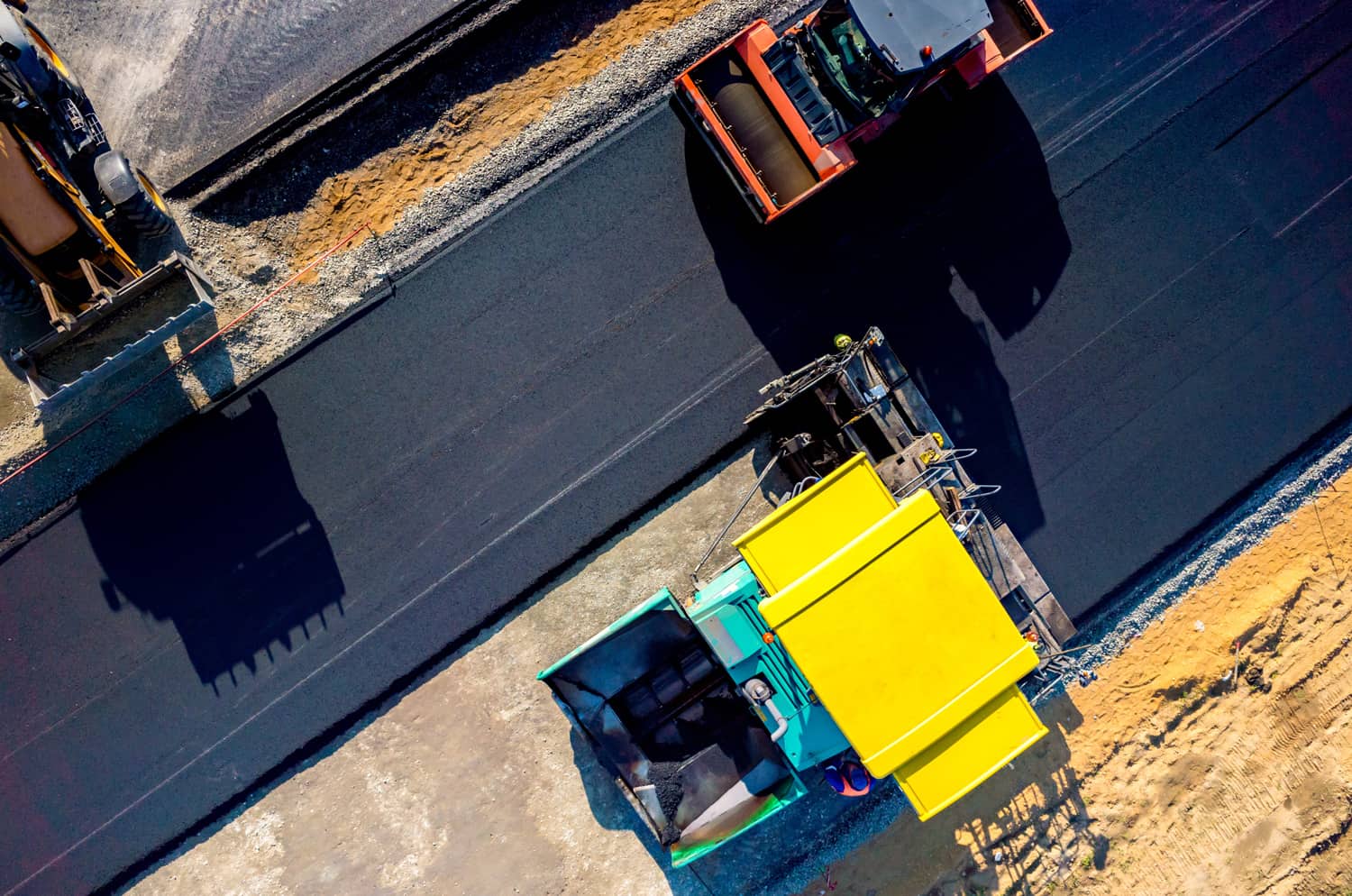
This is the most widely used of all the modern types of asphalt. You see it everyday on roads and pavements.
Hot mix asphalt is made of a combination of coarse and fine aggregates bound by asphalt. The combination results in a water-resistant compound.
Hot mix asphalt is heated to temperatures of 300 to 350 degrees Fahrenheit then poured and leveled. It is poured and worked on while still hot because it is easier to work with at this state.
Unfortunately, hot mix asphalt cools down very quickly, and it becomes harder to work with the colder it gets. Because of this, it cannot be installed during the colder months. This prompted the development of machinery that makes it easy to work with hot mix asphalt in large deployments.
Warm Mix Asphalt
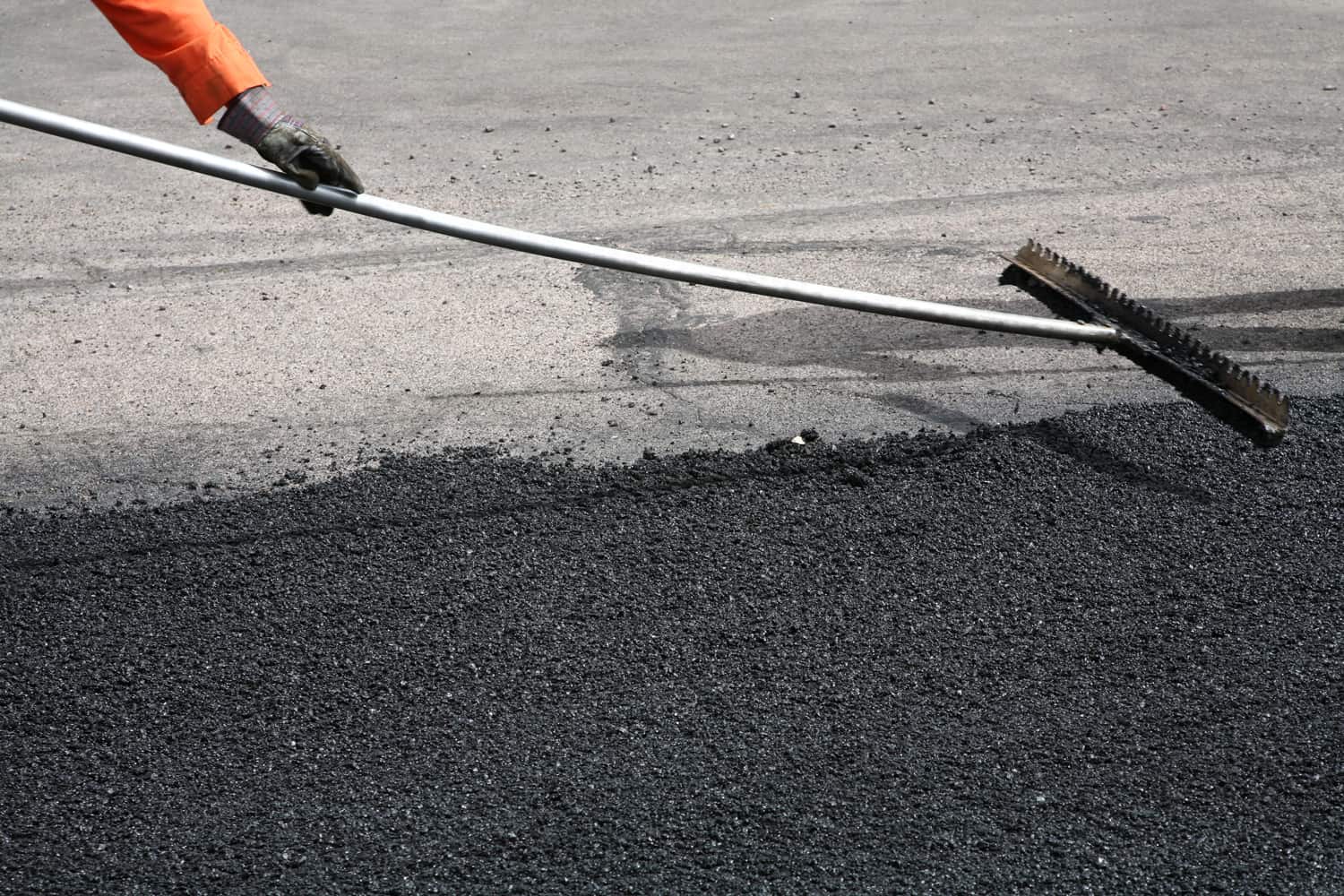
This is one of the newer types of asphalt. A warm mix of asphalt only needs to be heated between 30 to 120 degrees Fahrenheit—a lot lower than a hot mix asphalt.
Since it needs a lower temperature than a hot mix asphalt, it cools slower and can be used even during cold months.
Because it cools down slower, it can be transported to farther locations without compromising the quality of the asphalt. It can also be applied more efficiently because it is safer and easier to work with.
The development of the warm mix asphalt allowed the asphalt industry to use less fuel and release fewer greenhouse gases. This makes it safer for the environment and safer for workers.
MC Cold Mix Asphalt
This is a type of asphalt that is used while it is cold—the opposite of the first two asphalts above that is used while hot.
Unfortunately, it is only suitable for making temporary patches and temporary repairs over small areas only. It is often used when repairs are urgently needed, and when the outdoor temperatures do not allow for the use of hot mix asphalt.
In addition, it can only be used in areas with light traffic because it is not as strong as a hot mix asphalt.
In most cases, cold mix asphalt is removed, stockpiled, and reused later once more permanent repairs can be done.
Dense-Graded Asphalt Mixes
Dense-graded asphalt mixes represent two subtypes of the hot mix asphalt—fine graded and coarse graded.
This type of asphalt is used for general purpose applications. It can be used for the different pavement layers and for all traffic conditions. It is a great choice for structural, patching, and leveling tasks.
A dense-graded asphalt is highly impermeable when installed properly. This gives it extra resistance to cracks and potholes.
Porous Asphalt
Unlike the dense-graded asphalt, porous asphalt allows water to penetrate the pavement and drain through it. Water will reach the underlying stone recharge bed then get to the ground underneath.
This type of asphalt is often used in driveways, parking lots, sidewalks, and even in playgrounds.
Porous asphalt is great for managing stormwater, eliminating the need for dealing with water puddles after heavy rain. This helps improve the level of safety in areas where it is used.
The installation of porous asphalt helps the environment by letting rainwater recharge the local aquifers. By letting the water drain into the bottom soil layer, a porous asphalt helps relieve the load on storm sewer systems.
Porous asphalt that is properly installed can last for more than 20 years.
UPM Asphalt
A UPM asphalt is another type of cold mix asphalt. However, unlike the MC Cold Mix asphalt, it can be used for permanent fixes on existing asphalt or concrete structures.
This type of asphalt is designed to be usable under any weather condition. It can be used to repair dry or wet holes. This makes it the best choice for repairs in any situation.
UPM asphalt is poured over the damaged area and then leveled. It will then be compacted by hand or by machine. As soon as compacting is completed, the repaired area can be used as normal.
Mastic Asphalt
Mastic asphalt is also called sheet asphalt. It is a type of asphalt with lower bitumen content than the standard rolled forms of asphalt.
It is often used in light roads and footpaths. Additionally, it can also be used in flooring and roofing.
A stone mastic asphalt—a mastic asphalt subtype—is a popular alternative. However, its has anti-skidding properties can turn into a slippery road condition if it is not properly installed.
Roofing Asphalt
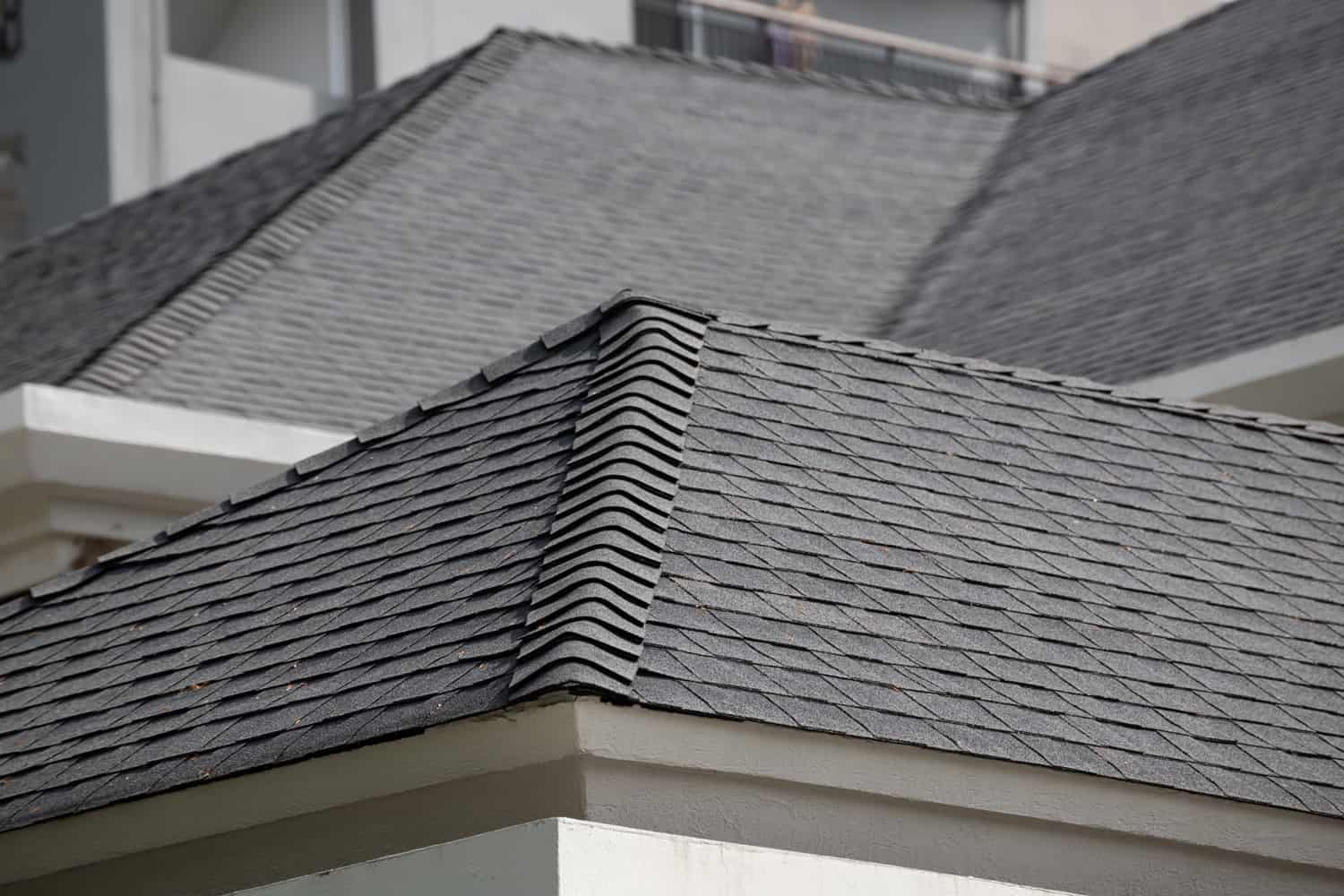
Asphalt roofing takes up the second largest asphalt usage in the US. It has evolved into different forms to better fit its function.
The asphalt roof industry started in 1893. It eventually grew into a $12 billion industry and developed different roofing products.
Asphalt Shingles
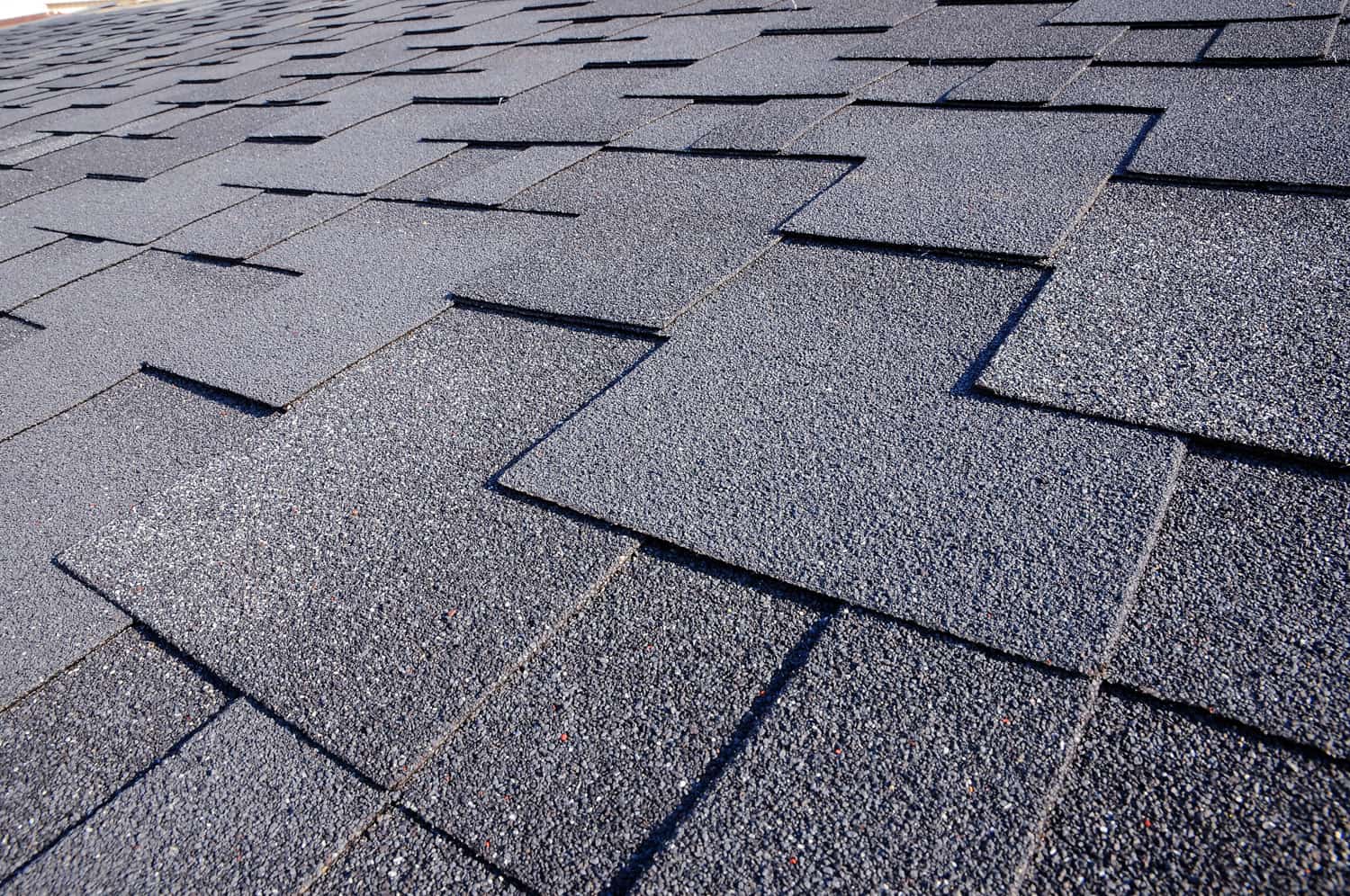
An asphalt shingle is a type of shingle that uses asphalt for waterproofing. It is widely used in North America because it is inexpensive and simple to install.
Asphalt shingles were invented by Henry Reynolds from Grand Rapids, Michigan.
Roll Roofing
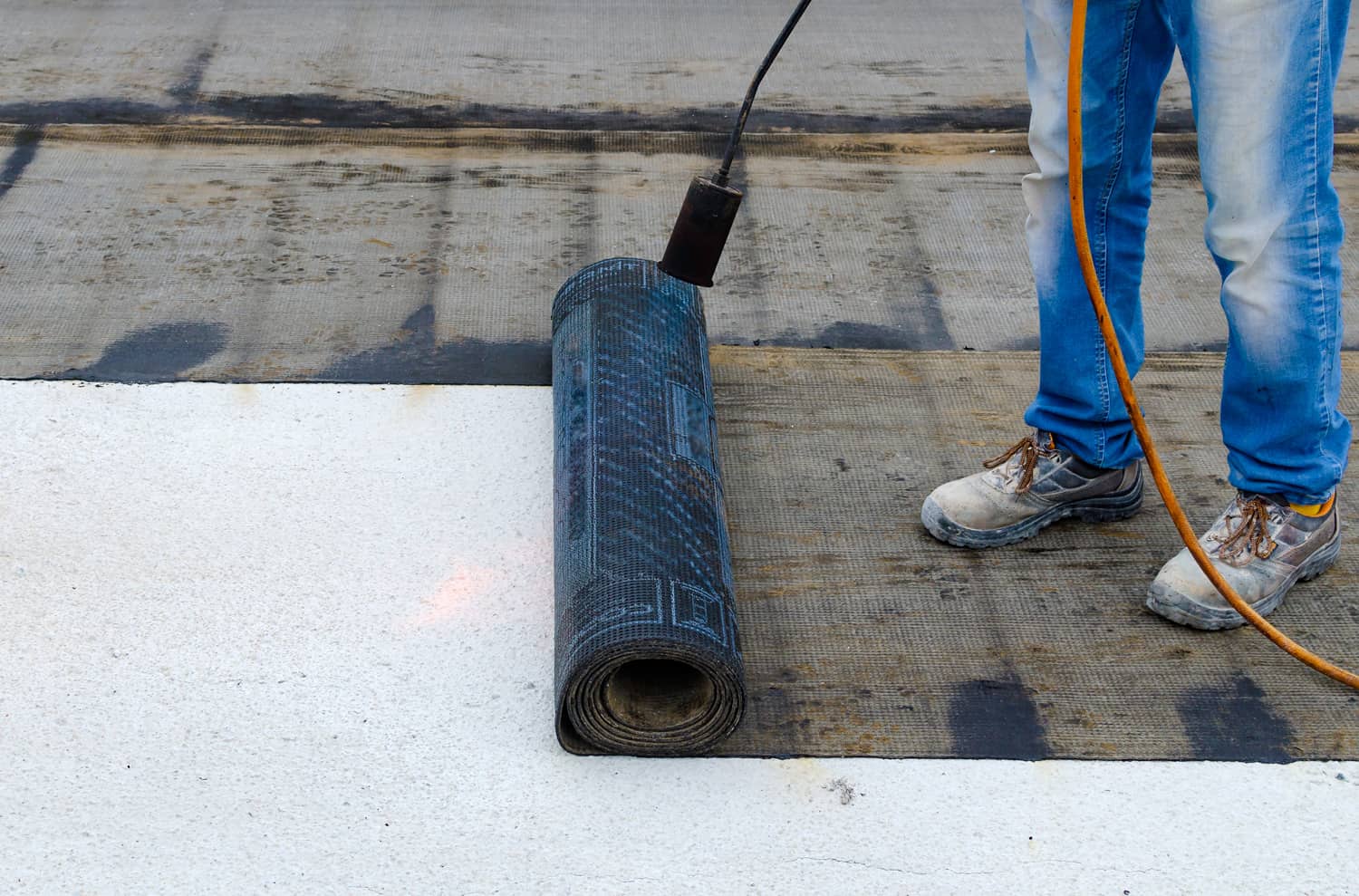
Roll roofing is a roofing material that is manufactured and shipped in rolls. It can be made of a smooth surface or a mineral surface.
A roll roofing with a mineral surface has small mineral granules embedded in the topmost layer of the roofing sheet.
Roll roofing can be used in low incline roofs but not flat roofs.
Underlayment
Underlayment is a roofing product that is made from felt, fiberglass mat, or polyester mat that may be coated with asphalt, stabilized asphalt, or polymer-modified asphalt.
This is normally used as an underlying layer to asphalt shingles, hence the name.
Built-up Roofing System
The built-up roofing system was introduced in the late 1800s. It has since become the most popular roofing system for commercial and industrial buildings.
A built-up roofing system is made of multiple layers of bitumen or cold-applied adhesive. Multiple layers of membrane use the bitumen layer as its waterproofing.
Each layer of bitumen is reinforced with organic felt, polyester ply sheet, and glass-fiber ply sheet.
Type 3 Roofing Asphalt
A Type 3 or T3 asphalt is a hot-applied roofing asphalt. It is applied by professionals on built-up roofing.
It is ideal for creating a waterproof seal on flat roofs.
Where does asphalt come from?
Asphalt is a naturally occurring mineral. In fact, bitumen is the geological term for naturally occurring petroleum-like asphalt.
However, most asphalt used today is made from crude oil. Natural asphalts were used widely until the early 20th century.
What is the difference between asphalt and blacktop?
Blacktop is commonly seen in driveways and residential roads. Blacktop is a type of asphalt.
However, blacktop is not as durable as regular asphalt. As such, it is best used in areas where there is less exposure to vehicle movement.
What is asphalt concrete?
Highly refined asphalt has excellent binding properties. This refined asphalt is called asphalt cement.
Asphalt cement can be mixed with a specific concentration of fine and coarse aggregates like regular asphalt. This combination is called asphalt concrete.
This form of asphalt is often used as airport paving. This mixture is ideal for this function because of its flexibility and strength.
What are asphaltic paints?
Highly bituminous asphalt can be used as an ingredient for special paints. This combination is useful for providing a water-resistant seal for walls that are often moist or wet.
It can also be used on non-water-resistant roads that can use some waterproofing.
What is the difference between Type 7 and Type 6 asphalt?
Fine stone and dust are the primary aggregates used in Type 7 asphalt. This gives it a very smooth finish.
Type 6 asphalt, on the other hand, contains slightly larger stones. Larger stones give the Type 6 asphalt more strength, albeit a less smooth finish compared to Type 7 asphalt.
Conclusion
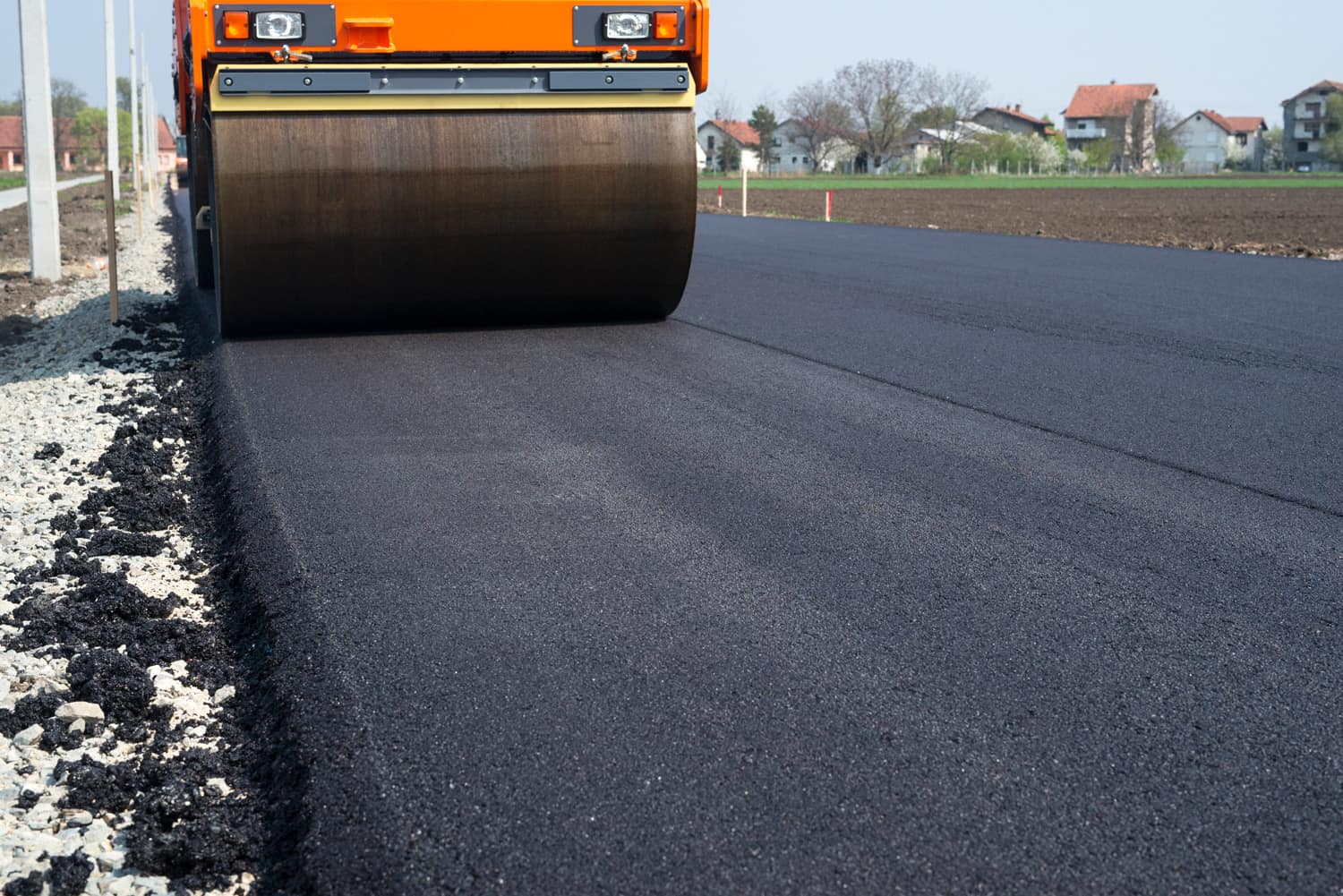
There are many types of asphalt. Most have specific functions that make them the ideal choice. With that said, the ideal asphalt to use for driveways is porous asphalt.
If you enjoyed reading this article, you might find the articles below equally interesting:
How To Dispose Of Old Concrete – Can You Recycle It?
Choosing Natural Stone Pavers: Bluestone Vs. Flagstone Vs. Slate

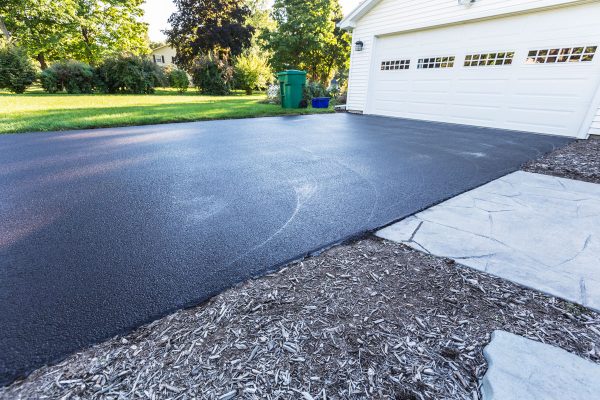

![Crack textured asphalt road background due to frost heaves, Can You Fix Asphalt Frost Heave? [Plus 3 Prevention Tips]](https://pavingplatform.com/wp-content/uploads/2022/03/Crack-textured-asphalt-road-background-due-to-frost-heaves-600x400.jpg)